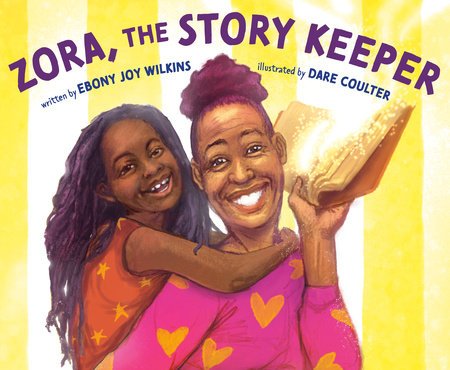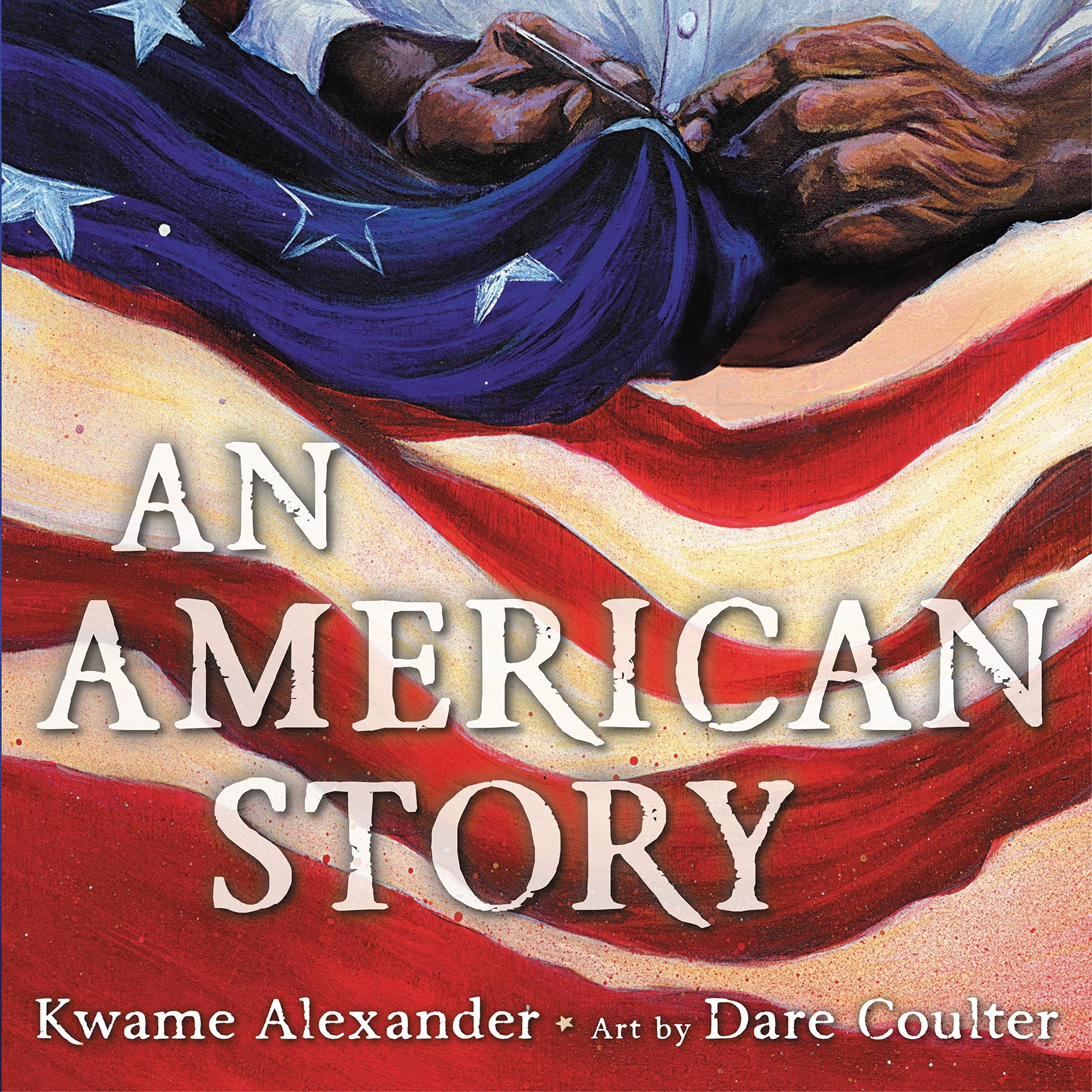Dare Coulter
At this point I think I may be the black artist that paints black people…and I think that’s wonderful! Art is one of the most complicated things in my life, but artist is a title that I’m so very proud of. My hope is to leave behind a body of work that accomplished my primary artistic objective, which is to give life to large and unapologetic depictions of black joy. When I was a child it was watching Patricia Polacco paint a mural in my elementary school that sowed a seed for my passion for mural art. Playing on J. Seward Johnson’s “The Awakening” at Hains Point park in Washington, DC sparked the flame that would ignite my burning passion for monumental sculpture later in life. Seeing performances by Alvin Ailey’s dancers at the excited insistence of my mom instilled an internal bar of excellence for people whose faces looked like mine. A dear friend showed me a book of Javier Marin’s artwork while we were in Mexico in 2014. Making a special trip to Houston in 2018 to specifically see Marin’s works sealed the deal on his work being primarily influential in the feelings I wish to create with my sculptural pieces.
These artists set the inspiration for my larger scale objectives.
My day-to-day inspiration is full of artists from all over the world but is especially blocked in by black diaspora artists painting beautiful depictions of our people. It is my honor to be a representative of our joy, and I’m looking forward to the years of creating pieces that reflect our joy back to us.
Reviews
Zora, The Story Keeper
“A child named Zora recounts their adventures with Aunt Bea, “the best storyteller I know,” in this moving picture book. A former acting teacher, Aunt Bea dresses up to perform stories, including those about relatives written in the “family book.” Textured images contrast Aunt Bea’s entertaining costumed performances, in full color, with sepia-tone scenes of the duo’s family; Aunt Bea wears a swim cap to act out Grandma Jean’s time as a swim coach, and dabs her forehead while pantomiming Grandpa Tom’s sermons. Sometimes Zora joins Aunt Bea, making the kitchen a stage. Zora wonders what Aunt Bea will write on Zora’s page, a question that goes unanswered when Aunt Bea becomes sick, then dies. At a family celebration of Bea’s life, Zora is given the family book and an envelope of photos of Zora and Aunt Bea together. On one page is written “Zora, the Story Keeper”—alongside plenty of room for Zora to tell Aunt Bea’s story, and others. Wilkins (If You Traveled on the Underground Railroad) and Coulter (An American Story) create a tender, smartly constructed tribute to love, storytelling, and family history.”—Publishers Weekly, Starred Review
“Zora wants to be like Aunt Bea when she grows up. A gifted storyteller with a trunk of costumes, Aunt Bea tells the best stories about their family members as she throws on the costumes and uses funny voices. There’s Grandma Jean who used to coach a swim team and Grandpa Tom who was a preacher. Zora and Aunt Bea turn the kitchen into a stage as they act out these stories from the past. When Aunt Bea starts needing to rest more and is not telling the stories as well, Zora begins to worry. It’ll be okay. Even after Aunt Bea passes on, Zora knows she’s been well-equipped to carry on the tradition. This book is a poignant reminder to readers that though the people they love will die, they will live on in stories. In addition to the vibrantly illustrated pages, there are also photographs from the author’s and illustrator’s lives interspersed throughout. Black characters of varied skin tones and hair textures grace the picture book’s pages. A family’s stories pass down to the next generation of story keepers in this beautifully illustrated work that’s a must-purchase for picture book collections.”—School Library Journal, Starred Review
“When Aunt Bea can no longer tell stories, young Zora becomes the new storykeeper. Zora loves hearing family stories from Aunt Bea, who taught acting and uses her theatrical skills, including costumes, to evoke various relatives. Through the family book filled with photographs, names, and dates, combined with Aunt Bea’s storytelling, Zora learns about Grandma Jean’s swim coaching days and Grandpa Tom’s preaching. Zora’s page is near the end of the book, and Zora wonders which parts of her life Aunt Bea will focus on. When Aunt Bea becomes weak, her storytelling suffers, and Zora helps her with the stories. Before they reach Zora’s pages in the book, Aunt Bea dies. But she has left Zora the book, with Zora’s role named on her pages and an envelope of photographs to add to the book, including ones that tell a story of Aunt Bea’s life. This deeply moving tale of family history and connections, loss, memory, and legacy offers a beautiful way to talk to children about the contributions people make during their time on this Earth and is a striking representation of a Black family full of ordinary and outstanding people. Every word of Wilkins’ text is well chosen, and Coulter’s stunning, emotional art, a unique combination of photographs and mixed media, is a memorable visual depiction of a range of tender moments.”—Kirkus Reviews, Starred Review
An American Story
“In lyrical verse, Alexander tells the powerful story of American slavery and African resilience through the eyes of a teacher navigating students through this horrific period in American history. The shifting narrative moves between the teacher’s account and the students’ reactions, with Alexander magnifying the unfolding terror of a people stolen from home and thrust into slavery: “About sly men/ from cold places/ scheming/ and laughing/ on tall ships.../ while people/ shackled below,/ crammed in/ small, hot spaces,/ cry and/ sometimes die.” Coulter’s stunning mixed- media artwork illustrates the unflinching brutality of slavery and the beauty of a resilient people who “hold history in one hand and clench hope in the other.” Classroom scenes are sketched in black against a warm yellow background, with expressive students and teacher working through the difficult lesson. Author and illustrator notes provide further context. An excellent and essential first purchase for all collections; whether for curriculum-building or classroom-sharing, this book is unforgettable.”—School Library Journal, Starred Review
“Alexander begins this picture book with a vital question: “How do you tell a story/ that starts in Africa/ and ends in horror?” As Coulter’s art alternates between elaborately sculpted historical scenes and contemporary charcoal vignettes of schoolchildren in a classroom, the following pages reveal a history that “hurts/ and still loves.” Images of photographed clay figures against painted backgrounds begin in Africa, where children “finish chores/ play games/ listen to old tales.” Pages next portray enslaved African people in the bowels of a ship and toiling “for free” in America, as well as “refusing/ to stop smiling/ and loving.” It’s a layered, compassionate telling that considers how to relay difficult truths, and as the art converges into a visual of past and present together, stirring concluding lines suggest a route forward: ‘by holding/ history/ in one hand/ and clenching/ hope/ in the other.’”—Publishers Weekly, Starred Review
“Alexander and Coulter have created a powerful counternarrative in their efforts to answer the question, “How do you tell a story about slavery?” Starting before Africans were forcibly brought to the Americas, both text and art reinforce the family structures, cultural traditions, and ways of life Africans enjoyed. When chattel slavery enters the story and white colonizers work “to steal them away / from their lives / and sell them / in America,” the pain of separation and removal is poignant and brutal. The text insists enslavement be explained from the perspective of humanizing the Africans and African Americans at the heart of this American story, while reinforcing motifs of agency, resistance, and flights to freedom. Coulter’s mixed-media illustrations bring the text to life with a powerful combination of two-dimensional paintings and photographs of her three-dimensional ceramic and polymer clay sculptures. Her realistic sculptures of African Americans are juxtaposed with drawings of modern-day children grappling to understand the past and channeling their need for truth with their own desires to create change. The narrative ends on a hopeful note, encouraging the telling of an accurate story and the possibility of that more complete truth to offer healing for a broad audience. Notes from the creators are appended.”—The Horn Book, Starred Review
“Slavery is never an easy topic to address, especially with children. It is decidedly unfair, its details are horrific, and many adults avoid the subject completely. Alexander’s poem offers an opening for discussion of this now-unlawful institution that continues to make an impact on American life today. He describes happy lives spent in Africa, chained existences aboard crowded ships headed for America, and backbreaking work picking cotton and curing tobacco. He also notes the strength, pride, and resilience of the enslaved that enabled people to attempt escape and ultimately survive. “You do it / by being brave enough / to lift your voice, // by holding / history / in one hand // and clenching / hope / in the other.” The text flows lyrically, making effective use of repeated phrases and prose conversations between students and a teacher who appear between stanzas. Coulter’s mixed-media artwork complements the text powerfully. Of particular note are the clay sculptures (mostly human forms), superimposed against painted wood backgrounds, that add both depth and realism to the images; the spread of chain-bound hands photographed against a serene blue ocean is particularly striking. Other images, done in charcoal, depict the teacher telling this story and the modern children’s emotional responses. Beautifully crafted and brutally honest, this offers a thoughtful introduction to a necessary topic.” —Booklist, Starred Review
“‘How do you tell a story/that starts in Africa/and ends in horror?’ Alexander uses multiple voices to weave this poem about a teacher who takes on the difficult but necessary task of starting a classroom conversation about slavery. Between the theft of people from the African continent and the sale of people in America, from the ships that brought them and the ocean that swallowed some of them to their uncompensated work and the breakup of families, Alexander introduces objections from the implied listeners (“But you can’t sell people,” “That’s not fair”), despair from the narrating adult, encouragement from the youth, and ultimately an answer to the repeated question about how to tell this story. Rising star Coulter’s mixed-media art elevates the lyrical text with clarity and deep emotion: Using sculpted forms and paintings for the historical figures gives them a unique texture and lifelike fullness, while the charcoal drawings on yellow paper used for the present-day student-teacher interactions invite readers to step inside. Where Coulter combines the two, connecting past with present, the effect is stunning. Both young readers and adults unsure of how to talk about this painful past with children will find valuable insights. The present-day teacher presents Black; the students are diverse. With powerful art from a bold new talent, this is a probing and sensitive take on a devastating chapter of U.S. history.”—Kirkus Reviews, Starred Review



